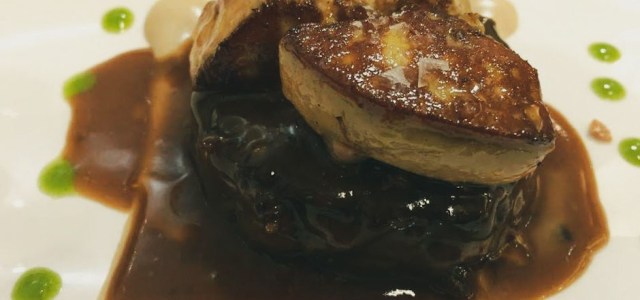
If you are a vivid traveller and foodie you would know that sometimes the best of the food is not the most appealing. As famous NYC Momofuku’s Chef and owner David Chang said, some food are just ‘Ugly Delicious’.
Spain, is certainly no exception. Here are a list of bizarre yet delicious and highly recommended dishes in the Basque country.
Callos

Callos is a typical winter dish originated from Madrid but it has extended into
every region of
Spain, each one providing something typical of its own. Callos or beef tripe is a traditional Spanish food usually
eaten in the cold fall and winter days. For this particular dish the beef tripe
is slowly cooked in a stew with tomato sauce, vegetables and some hot sauce.
Hígado

You can see traditional dishes made with liver all over the world. Duck liver or Foie is a traditional French dish that has expanded into other countries of Europe, specially to the Basque Country. In nearly every bar or restaurant you can see dishes or pintxos using Foie in various different ways (grilled, patés, mousses).
But duck liver, being a high delicacy, is not the only liver consumed by Spaniards. Chicken, cow and lamb liver is usually cooked and grilled in skewers or deep fried.
Lengua
Usually, lengua or cow tongue is slowly cooked in water or stock until tender. It is then sliced, breaded and deep fried. It is served with a home cooked tomato sauce. This is definitely a grandmothers favourite.
Morros
Morros or beef snout is usually cooked in a stew the same way as the tripe. They could all be served together (callos y morros) in the same stew or by itself. It can also be slowly cooked in water and then deep fried and served with some tomato sauce.
Manitas de Cerdo
Manitas or Pig’s trotters is quite a delicacy in the Basque Country. They are usually slowly cooked in stew or water and served with some tomato or Vizkaína sauce. You can also find them deboned and stuffed (usually with Txangurro or king crab).
Morcilla

Morcilla is a type of Spanish sausage stuffed with pork blood, rice, or onions (depending on the region) and cooked or dried. The rice morcilla usually may also contain cinnamon, pine nuts and raisins. The Basque morcilla is usually filled with cooked onions and leeks and it can be sweet or spicy, depending on the variety of chili that is used.
Mondeju
Mondeju is a type of sausage typical from the Basque Country, specifically from the region of Guipúzcoa. This sausage is made using sheep stomach instead of pig and its typically filled with sheep tallow or rendered fat, onions, leeks, eggs and spices. It looks like a skinnier, yellow version of a Morcilla.
Rabo de Toro
Oxtail could potentially be called a bizarre food for many individuals but its popularity has increased so much worldwide that it may not even be part of this category at all. Nonetheless, for the majority of picky eaters out there this is still a bit too different for them. Oxtail is exactly what is sounds like, the tail of an Ox, bull or cow. It is usually slowly cooked in a stew until tender.
Kokotxas

This dish is probably the highlight of the Basque Gastronomy. Kokotxas are the fleshy under part of a fish’s jaw. As weird as it may sound is actually pretty delicious. This gelatinous part of the fish is usually grilled, sautéed or deep fried and then served with Pil Pil sauce.